Summary of 20 heavy calcium carbonate surface modification formulas
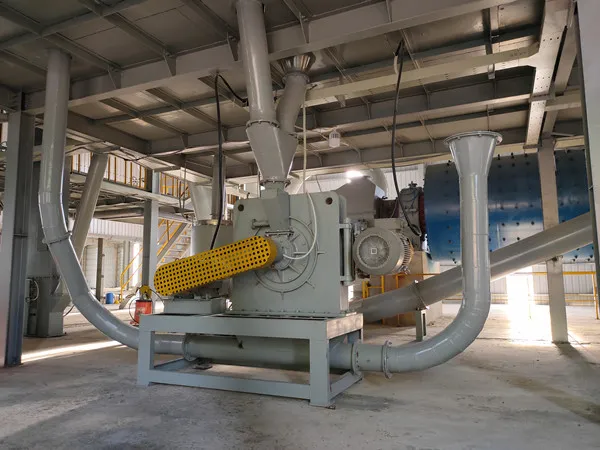
Calcium carbonate modified formula has gained significant attention in various industries due to its enhanced properties. This modification process changes the surface traits of calcium carbonate. It helps calcium carbonate work better with various materials. The modified calcium carbonate shows better dispersion, more stability, and improved performance. This is useful in plastics, paints, and coatings. […]
Application of hollow glass microspheres in coatings

Hollow glass microspheres (HGM), as a filler in composite materials, have been widely applied in fields such as coating and painting, specialty materials, and resource exploration due to their lightweight, hollow structure, thermal insulation, and chemically stable properties. In recent years, within the coatings industry, researchers have significantly addressed challenges such as poor interfacial compatibility […]
How Jet Mills Maintain a Low Grinding Temperature: A Comprehensive Technical Analysis
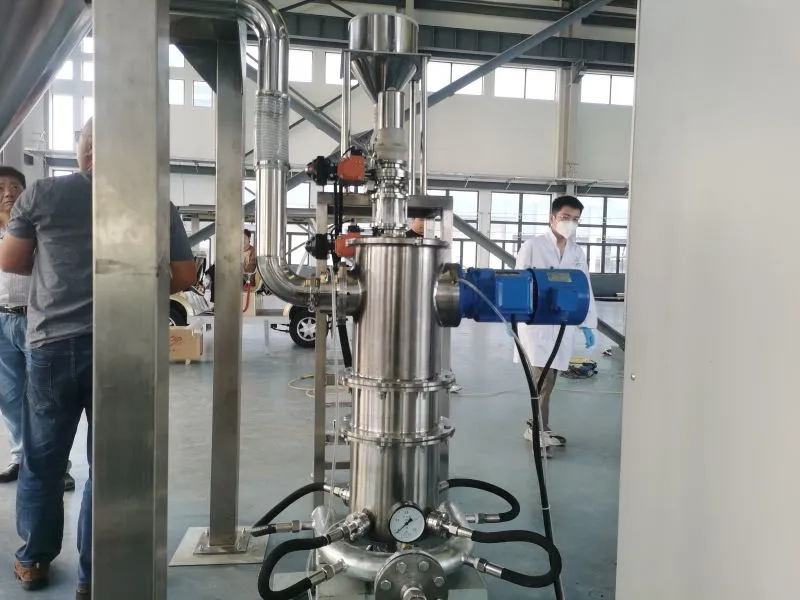
Jet mills achieve precise temperature control through adiabatic expansion cooling, a thermodynamic process where compressed gas (air/N₂/CO₂) rapidly expands through nozzles, absorbing heat from the grinding chamber. As high-pressure gas accelerates to supersonic speeds and expands into the low-pressure chamber, its temperature plummets (e.g., from 25°C to -45°C at 6 bar), creating an in-situ cooling […]
What materials are best suited for grinding with a jet mill?
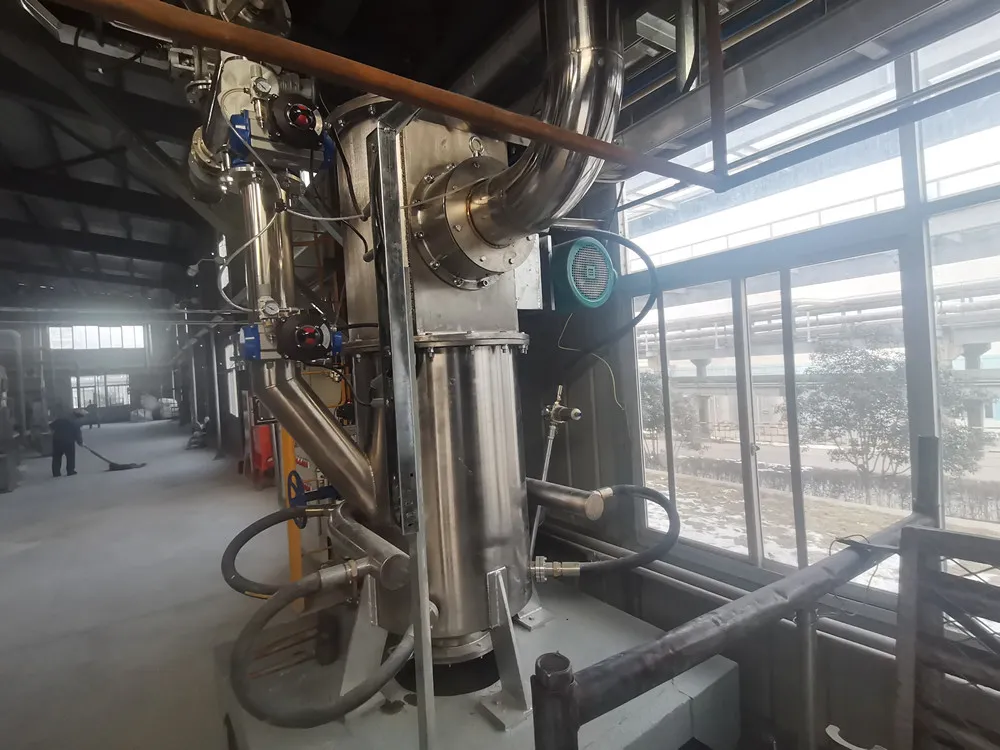
Jet mills work best on materials with certain physical properties. They help to mill the materials effectively. Here are the key factors and examples of suitable materials: Key Characteristics for Jet Milling Brittleness and Hardness Brittle Materials: They are ideal for jet milling. They fracture easily under high-speed impacts. This property enables the production of […]
Polypropylene filling modification, these 7 kinds of mineral powders have their own strengths
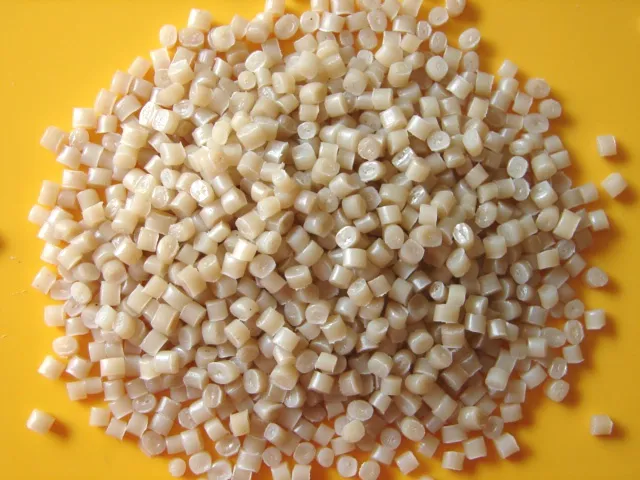
Polypropylene (PP) is a popular thermoplastic polymer. It is vital in packaging, appliances, and auto parts. Its easy processing and great properties make it useful. PP still has some limits. It has high heat shrinkage, low performance in cold, and poor impact resistance. These problems have led people to add inorganic mineral powders to it. […]
How does the particle size of pharmaceutical powders affect the bioavailability of drugs?
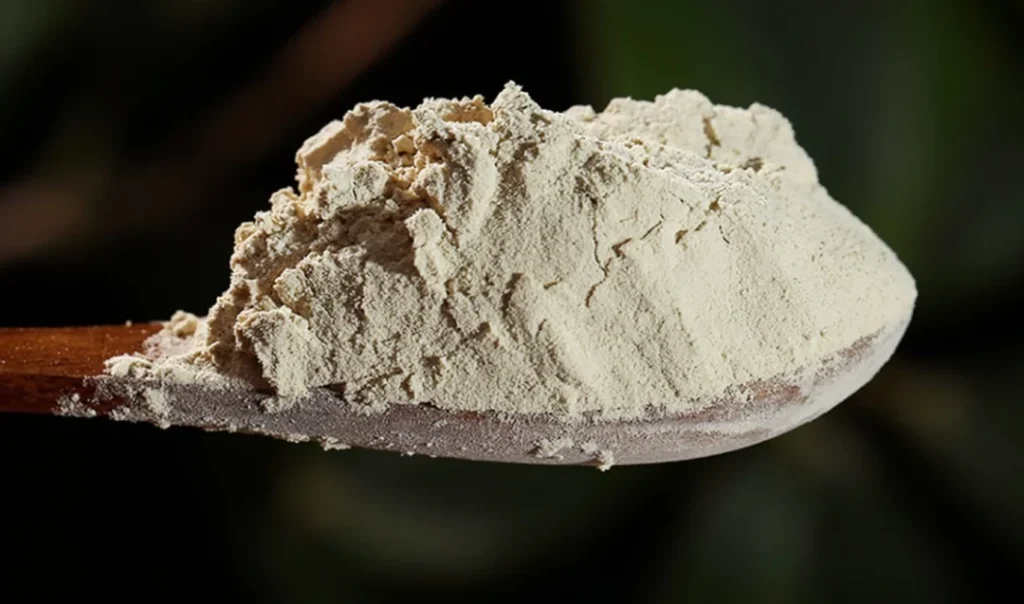
The particle size of pharmaceutical powders greatly affects drug bioavailability. This is mainly reflected in these aspects: Dissolution rate Smaller drug particles have a larger surface area. This speeds up their dissolution in body fluids. For low-solubility drugs (BCS Ⅱ/Ⅳ class), reducing the particle size can greatly increase their solubility. This speeds up the drug’s […]
how to determine material suitability for jet milling

Jet milling relies heavily on the physical properties of the material you process. Characteristics like brittleness and hardness directly influence the ability to achieve fine particle sizes. Moisture content also plays a critical role, as excessive moisture can hinder performance and lead to clumping. Selecting the right material ensures efficient milling and consistent product quality. […]
What else can the air jet mill do for users by constantly exploring its upward space?
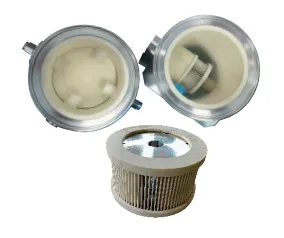
The working principle of the air jet grinder is like an “air storm” in the microscopic world. Air jet mill cleverly uses high-pressure air as a power source. It drives tiny, hard abrasive particles at high speed, like bullets, at the material to be processed. A huge impact force hits the surface when these abrasive […]
A brief discussion on the application and development trend of powder coatings

With the push for environmental protection, firms must develop eco-friendly coatings. But, eco-friendly coatings aren’t limited to water-based ones. If enterprises rush to develop water-based coatings, product homogeneity will inevitably occur. Besides water-based coatings, high-solid, solvent-free, and powder coatings are also eco-friendly. They should be the key development focus of the coatings industry. A report […]
